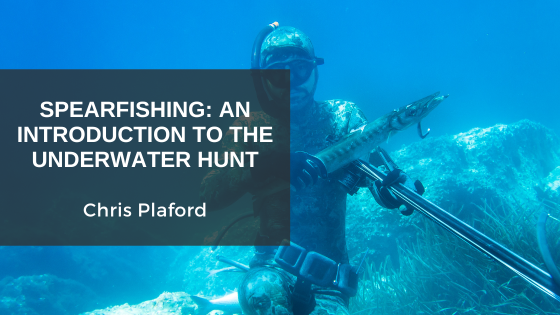Spearfishing is more than just a sport; it’s an ancient practice that combines skill, strategy, and a deep connection with the underwater world. Dating back thousands of years, spearfishing has evolved from a means of survival to a recreational pursuit enjoyed by enthusiasts worldwide. Here’s an introduction to spearfishing, highlighting its techniques, equipment, and unique appeal.
The Essence of Spearfishing
Spearfishing involves hunting fish underwater using a specialized tool called a spear gun or pole spear. Unlike traditional fishing methods, which rely on baited hooks or nets, spearfishing requires the diver to approach the fish directly and aim with precision. This direct interaction with the marine environment offers a thrilling and immersive experience, blending hunting, fishing, and freediving elements.
Techniques and Skills
Successful spearfishing demands a combination of physical prowess, technical skill, and knowledge of marine ecosystems. Divers must be adept at freediving – holding their breath and diving to varying depths – to approach fish stealthily and accurately. Patience and observation are key as divers learn to read underwater currents, identify fish behavior patterns, and anticipate the best moments to strike.
Techniques vary based on the type of spearfishing equipment used:
- Spear Gun: A spear gun propels a spear shaft towards the fish using pneumatic or rubber band mechanisms. It requires aiming and firing with precision, making it suitable for targeting larger or more elusive fish species.
- Pole Spear: A pole spear is a more straightforward tool consisting of a pole with a pointed tip. It requires closer proximity to the fish but offers better maneuverability and ease of use, ideal for smaller or more agile fish.
Equipment Essentials
Choosing the right equipment is crucial for spearfishing success and safety:
- Mask, Snorkel, and Fins: Essential for visibility, breathing, and efficient underwater movement.
- Wetsuit: Provides thermal insulation and protection against abrasions and marine life.
- Spear Gun or Pole Spear: The primary tool for catching fish.
- Dive Knife: For safety and utility, such as cutting lines or freeing oneself from entanglements.
- Weight Belt: Helps achieve neutral buoyancy and control underwater depth.
Environmental Considerations
Responsible spearfishing emphasizes conservation and sustainability. Divers must adhere to local regulations regarding catch limits, protected species, and designated marine reserves. Respect for aquatic habitats, avoiding overfishing, and selective targeting of species are fundamental principles upheld by ethical spearfishers.
The Thrill and Rewards
Spearfishing offers more than a harvest of fish; it provides a profound connection with nature and a sense of accomplishment:
- Adventure: Exploring underwater landscapes and encountering marine life up close.
- Challenge: Testing physical and mental limits in an unpredictable and dynamic environment.
- Nourishment: Enjoying fresh, sustainably harvested seafood.
- Community: Connecting with a global community of spearfishing enthusiasts, sharing knowledge, techniques, and stories.
Spearfishing represents a unique blend of skill, athleticism, and reverence for the marine environment. Whether pursued for recreation, sustenance, or conservation, it offers an enriching experience that fosters a deeper understanding and appreciation of the underwater world. As divers hone their techniques and respect for marine life, spearfishing continues to thrive as a timeless pursuit that bridges ancient traditions with modern-day adventure.
